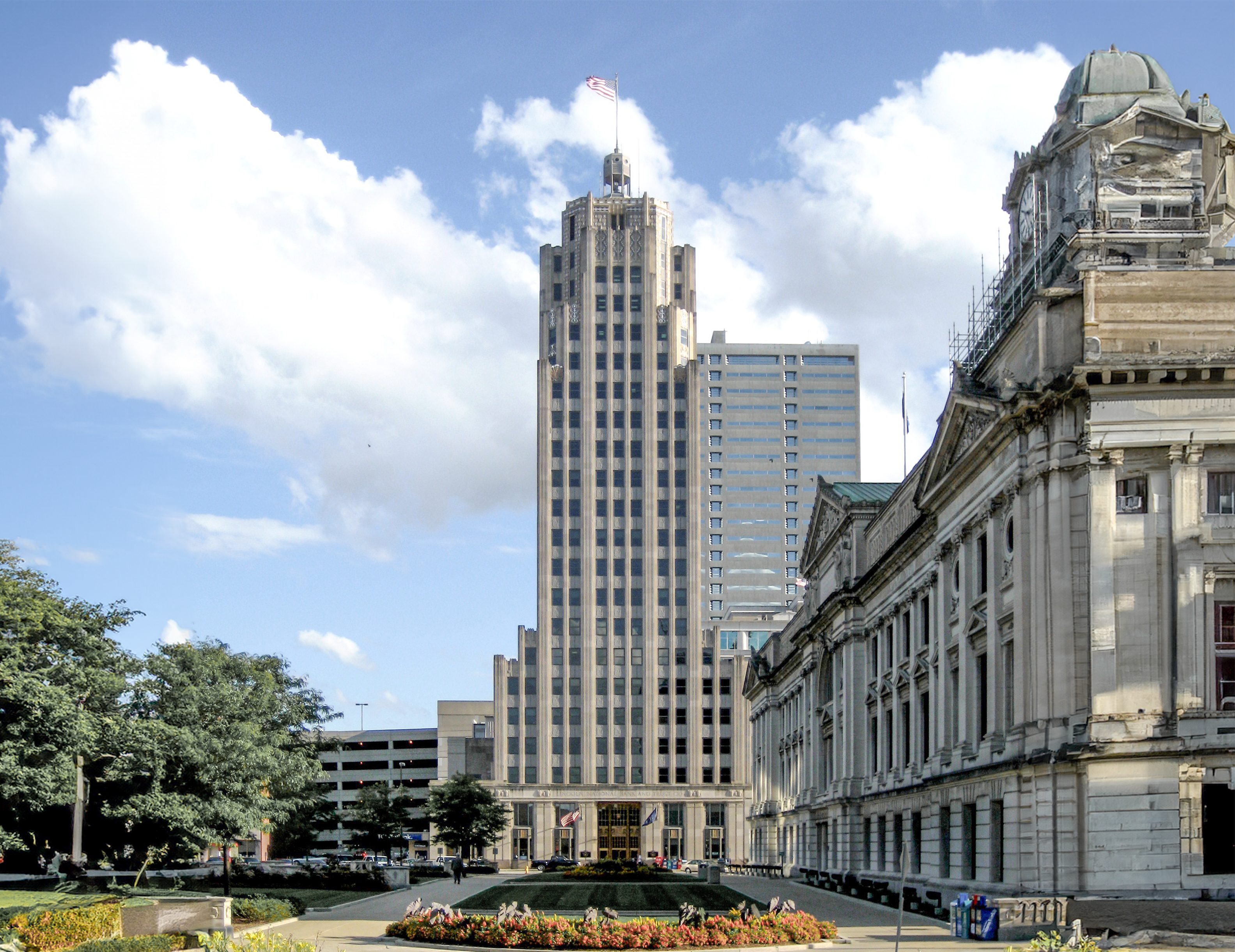The Lincoln Bank Tower is an Art-deco skyscraper designed by Alvin M. Strauss, and built between 1929 and 1930, for a reported $1.30 million dollars, in Fort Wayne, IN.
Lincoln Bank Tower is not the only name you might know this building by though. The building is, or has also been known as Lincoln Tower.
Its precise street address is 116 East Berry Street, Fort Wayne, IN. You can also find it on the map here.

